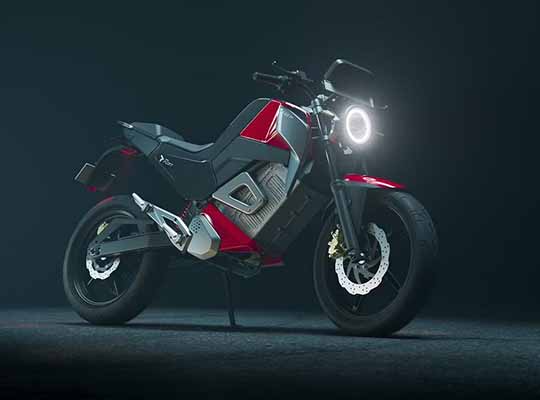India has now become the fifth largest vehicle market in the world and can become one of the top three in near future. By the year 2030 with almost 40 crores customers in need of mobility solutions. Keeping in mind the goal set in the Paris agreement, the increasing number of automobile customers shall not suggest a growth in the consumption of conventional fuels. The Indian Government is continuously pushing for the introduction of Electric Vehicles and this would not only turn down India’s oil import bills in the long term but also secure a cleaner environment.
The Indian government and also stakeholders are forcing faster adoption of electric vehicles. However, one source of worry is fire. Some fires and other life-threatening events had taken place in the vicinity of electric vehicles raising key safety concerns. Some years ago, a rash of high-profile EV accidents resulted in cars catching fire which caused concern among new car buyers. Thus, seeing and also hearing so many incidents, past cases such as the Hyundai Kona EV explosion incident in Canada, which out-turn in the heatwave and garage fire in Canada, resulted in fear.
You might think that fire is apparently in an internal burning car, mainly one which is powered by a flammable substance like gasoline. Despite the fact, that an EV is just as probable to suffer from a conflagration after a collision. With such a high voltage system of electricity, EVs necessitate special safeguards to make sure that the occupants and emergency personnel are not at a higher risk in the event of an accident. These EVs usually catch fire because of a short circuit, within one or more of the battery’s cells creating heat in Lithium-ion batteries. The heat then erupts the chemicals within the battery and adjacent cell, causing the fire to develop and grow swiftly. India has varied climatic conditions which makes it even more dangerous.
In the present day, incidents like punctures to battery casings pose a real risk. Lithium batteries use flammable liquid electrolytes, says a report, which makes them more prone to fire. Some industry professionals believe that, unlike in an inside combustion engine, the fire can easily get controlled once the fuel has been consumed. However, in electric vehicles which are powered by lithium-ion batteries, even after the fire was extinguished, the batteries retain energy and can easily be used to reignite the fire.
The Indian-certified agencies ARAI and ICAT are creating the capability to test batteries and electric vehicles. Some experts and industry professionals believe that EVs are just as safe as ICEVs. For many reasons, electric vehicles have very few frictional parts than internal combustion engines, resulting in the least wear and tear complications.
Maintenance and Safety of Electric Vehicles
Maintenance needs safety needs for hybrid electric vehicles (HEVs) and plug-in hybrid electric vehicles (PHEVs) are similar to those of traditional vehicles, while all-electric vehicles need less maintenance. Manufacturers are designing these vehicles and publishing guides with safety and maintenance in mind.
Battery Maintenance
The advanced batteries which are used in these vehicles have a restricted number of charging cycles (the number of times the battery can be charged and discharged, also known as “cycle life”). Consider the manufacturer’s battery recycling policy after getting it checked with the dealer about battery life and warranties. To maintain safe operating temperatures some automotive battery systems use liquid coolant. These systems might require regular checks. Ask your dealer or you can refer to your owner’s manual for more information.
Manufacturers usually do not publish pricing for replacement batteries, but if the battery needs to be replaced after the warranty period is over, it is most likely expected to be significantly expensive. However, battery prices are anticipated to decline as technology is improving and production volumes are increasing.
Safety Requirements Commercially available electric-drive vehicles should always meet the Federal Motor Vehicle Safety Standards and are required to undergo the same rigorous safety testing as conventional vehicles sold in the USA. The exception is neighbourhood EVs, which are subject to less-stringent standards because they are usually limited to low-speed roadways as specified by state and local regulations.
All-electric vehicles, PHEVs, and HEVs have high-voltage electrical systems that mainly range from 100 to 600 volts. Their battery packs are included in sealed shells and meet the testing quality that subject batteries to conditions such as vibration, overcharge, short circuit, extreme temperatures, humidity, fire, collision, and water immersion. Manufacturers typically design these vehicles with insulated high-voltage lines and safety features that deactivate the electrical system when they detect a clash or short circuit. All-electric vehicles prefer to have a lower center of gravity than conventional vehicles, making them stronger and less likely to roll over.
Emergency Response and Training
Emergency response for electric-drive vehicles is not significantly different from conventional vehicles. Electric-drive vehicles are designed with cut-off switches to separate the battery and disable the electric system, and high-voltage power lines are distinctly designated with orange colouring. Manufacturers publish emergency reply guides for their vehicles and offer training for emergency responders.












